One of the first trends that took over many Australian youngster’s lives was the infamous Hypercolor T-shirts.
I grew up in South Australia and started school in 1990. Unlike most other States, South Australia did not have a compulsory uniform policy until the early to mid-1990s, so for the first few years of my public primary school experience, kids could wear any clothes they wanted too.

Because of this, I have a unique memory of a very early 1990s fashion trend in Australia, a global phenomenon that also arrived in Australia and proved very popular here.
Generra Sportswear Company was a USA company that created Hypercolor T-shirts. These were unique and gimmicky T-shirts that changed colour depending on temperature, made with a thermochromic pigment. The colour changed depending a hot or cold temperature. It was a different story in Australia, and an iconic Aussie brand was behind it here, that jumped on the popularity of it in the USA.
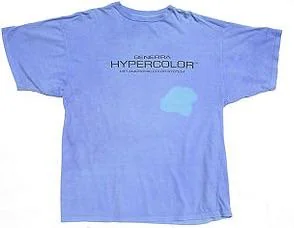
This was my first experience of a fad taking over an entire school. Suddenly, many kids in my school started rocking up in Hypercolor T-shirts! In Australia they were known as Bonds Hypercolor t-shirts. Yes the famous iconic Aussie Bonds was behind Hypercolor in Australia.
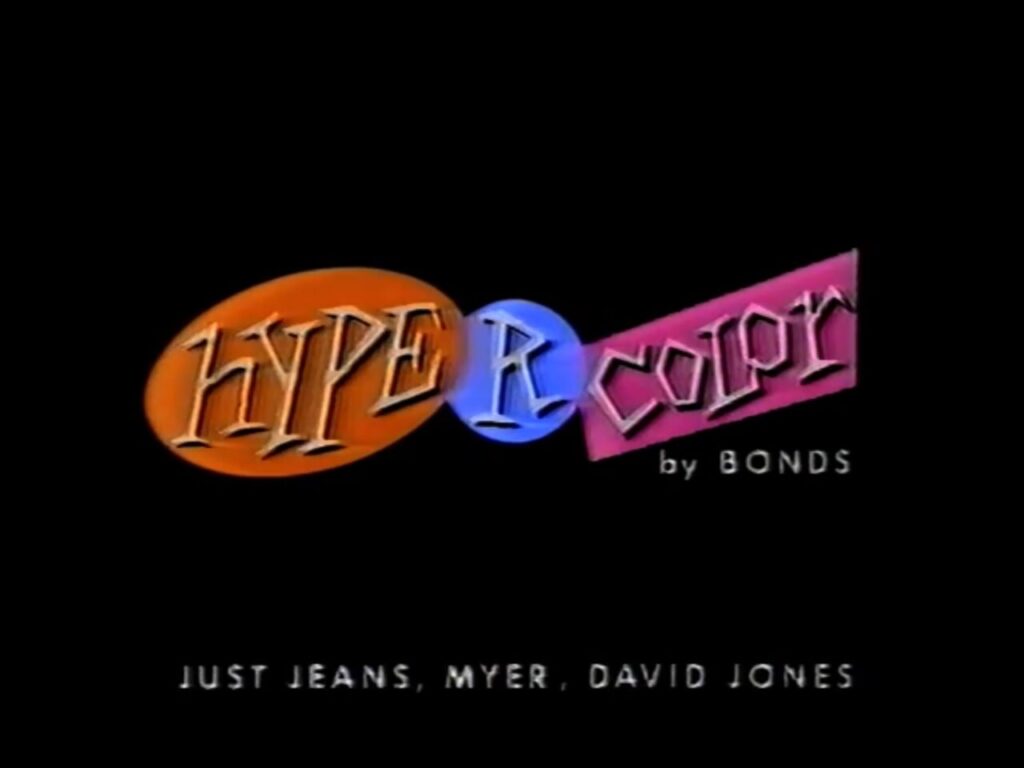
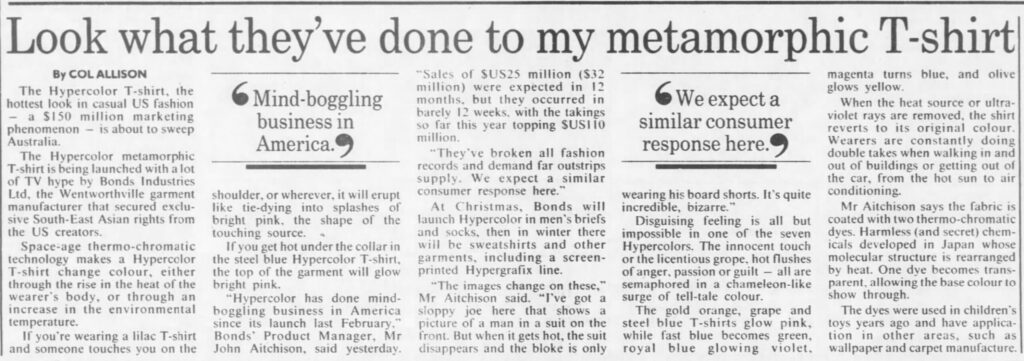
The famous Aussie brand Bonds was responsible for bringing Hypercolor t-shirts to Australia, after the popularity of them in the USA in 1991, and in November 1991, Bonds decided it was time for Australia to get in on the action. Bonds even launched Hypercolor underwear and socks to cash in the popularity of the t-shirts! This was all timed before the 1991 Christmas.
The socks were a great cheaper option for families that did not want to pay the price of the tshirt.

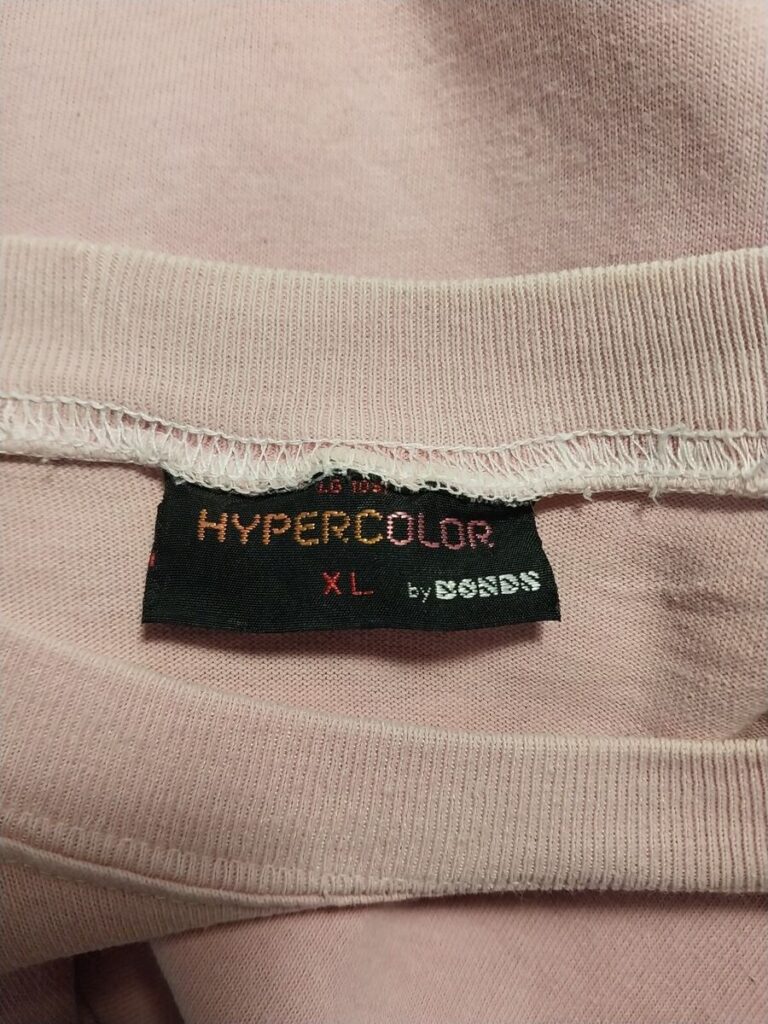
Bonds Hypercolor t-shirts go on to be one of the hottest Christmas selling lines at the end of 1991, and during the early summer of 1992 they proved to be very popular. This was when many kids started turning up in them at school. Grace Bros/Myer actually state it was one of the best selling items for their 1991 Christmas.
They retailed originally for $35 in 1991, ($80 today!!) and were in typical fluro 90s colours with seven in total. The purple shirts turned to hot pink, the olive to canary yellow, the bright blue to green.
The t-shirts were so popular that fake copy versions appeared, and Bonds threatened legal action to anyone companies selling fake versions.

The only issue with these t-shirts, and probably the reason the fad died quickly and never returned, was that they got permanently damaged very easily, for example, ironing or tumble drying would ruin them. If you are an excessive sweater, this would also show the whole of Australia that you were one too. Washing them would often damage them too. Often female boobs due would show in colour only, due to the heat of Australia, causing a different colour to the rest of their body, causing many parents to ban their daughters from wearing them. If you’re having a sweaty armpit day, this would show it. A hot washing cycle could also permanently damage the tshirt.
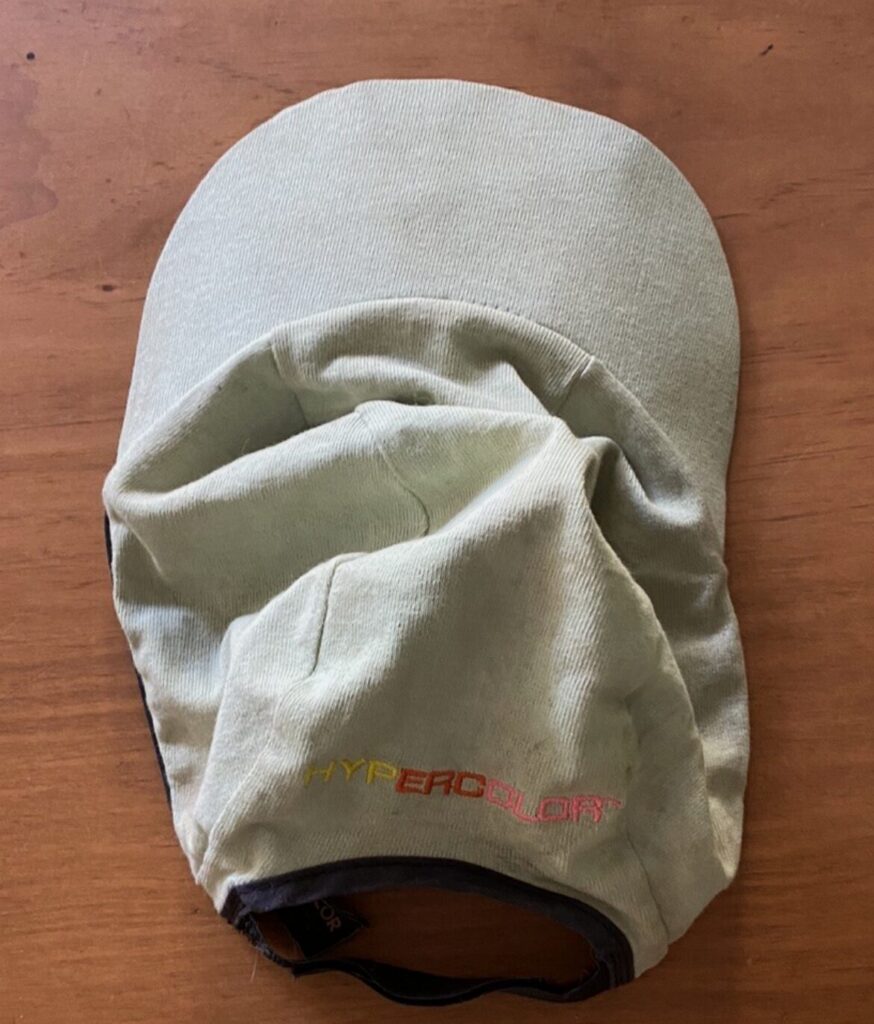
Because of the all the drawbacks to wearing a tshirt that changed colour or got damaged due to ironing, washing and tumble drying, the fad quickly dies out within 12 months, and never makes a comeback. By the end of 1992 the prices of the tshirts had dropped to $20 ($45 today).
I personally never had a Hypercolor tshirt, but seven year old me always wanted one of these magical tshirts, that in 1992, seemed magical and impressive to me. Not sure the kids of today would be as impressed.
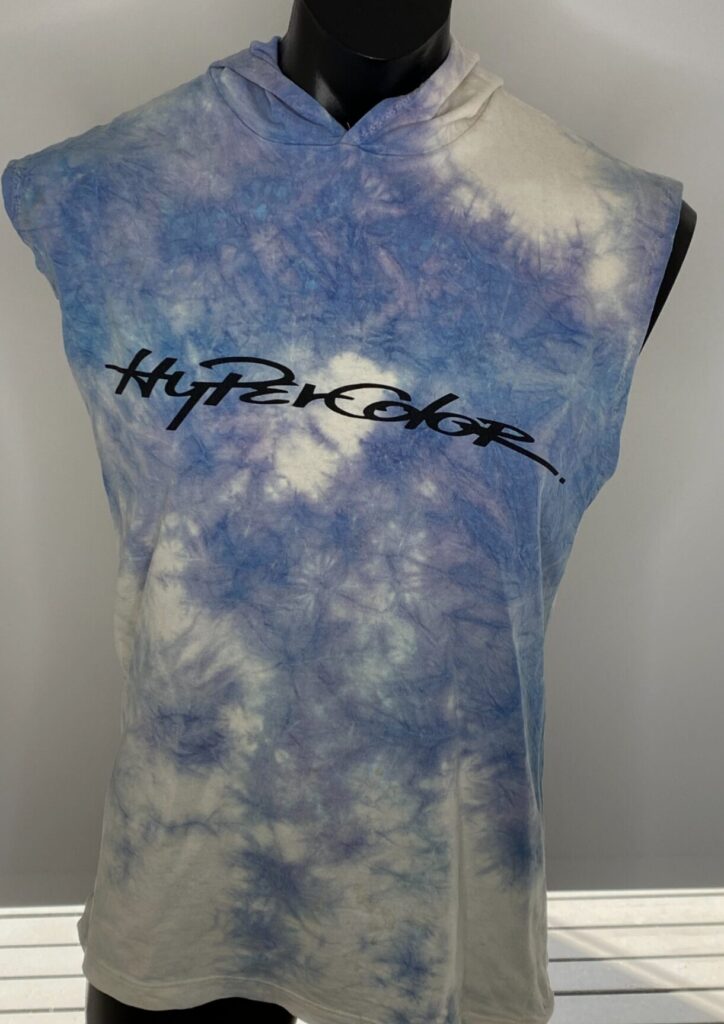

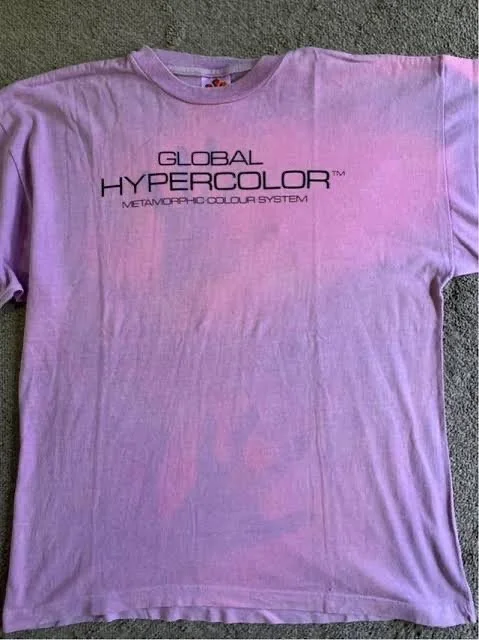
Leave a Reply